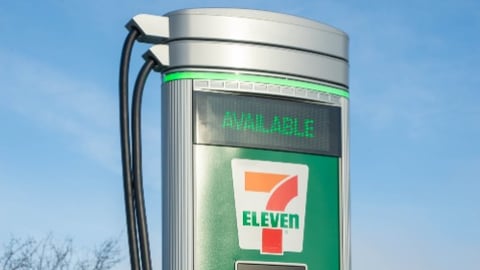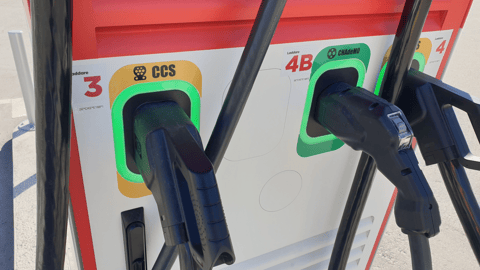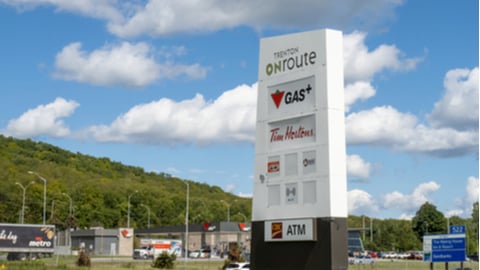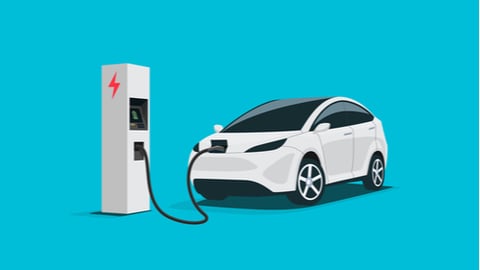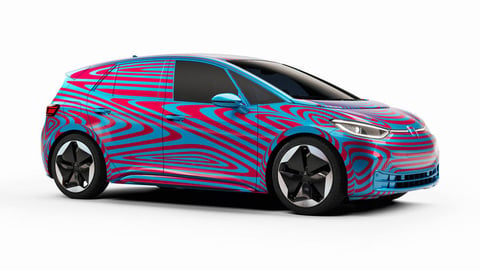Checking the pulse of Canada’s EV charging networks
Things are moving at lightning speed in the electric vehicle (EV) space. With each new passing day, we hear about legislative changes around the world, new investment funds engineered to spur development, new models, and the latest advancements in battery technology and charging infrastructure. In fact, there are so many headlines devoted to EVs, it’s difficult to separate the hype from the cold hard fact.
The professionals in the refuelling station business don’t have the luxury of listening to hype; there’s too much at stake. In an industry like this, the traditional five-year business may not be fast enough, flexible enough or, the truth be told, good enough to capture what transportation might look like in the future. Five years, maybe—further off into the distance, unlikely.
So here’s a quick rundown of where things stand with respect to EV charging stations in Canada. This information is drawn from Electric Autonomy Canada, one of the country’s leading sources of information on all things electrified, and from Natural Resources Canada (NRCan). With many owner/operators thinking about making the investment or increasing their investment in charging stations, it’s interesting to look at the landscape in its entirety to gauge the pace of change.
In their research, Electric Autonomy Canada discovered that the year 2021 was the fastest ever for EV charger growth across the country. This may not be surprising given how EVs are becoming more mainstream all the time, but the rate of growth was still an eye-opener. Last year alone, there was a 39% increase in DC fast-charger installation and an 18% increase across all charger types.
By the end of December 2021, according to NRCan data, there were 15,723 chargers across Canada, an increase of 2,493 from a year earlier, The final tally for charging stations came in at 6,723 or an increase of 707 compared to the end of 2020. The total number of DC fast chargers soared to 3,138, an increase of 38.6% over the year prior. Currently, of the 6,723 stations in Canada, 1,237 offer DC fast-charging and the remaining 5,486 have Level 2 charging.
With the federal government vowing to add 50,000 new EV chargers and hydrogen stations to the charging infrastructure by 2026, what seems certain is that the rate of expansion will only increase.
Here’s a quick snapshot of the national scene here in Canada. There are eight national charging networks in place; these are operated by ChargePoint, EcoCharge, Electrify Canada, FLO, Greenlots, Petro-Canada, SWTCH Energy and Tesla.
The largest network by some stretch is FLO, run by Quebec company AddÉnergie. They have a total of 4,596 chargers in 1,935 stations—and those stations are situated in all 10 provinces and the Yukon. The network’s footprint increased at a furious rate in 2021: FLO added a total of 1,337 chargers last year alone. The company also offers a turnkey charging station solution to businesses.
The next largest charging networks are run by ChargePoint and Tesla.
The former has 2,252 chargers at 1,294 stations and has a presence in all 10 provinces. ChargePoint added a total of 640 chargers to its network in 2021, an increase of close to 40 percent in one year alone. The California-based company has also formed strategic partnerships with both Mercedes-Benz and Volvo, which includes roaming agreements that cover all of North America.
For its part, Tesla continues to be a strong presence in the Canadian market, but it’s rapidly losing market share compared to the other charging networks. While the Supercharger network includes 3,002 chargers spread out across 710 stations, it doesn’t have a presence in the three territories, or in Newfoundland and Labrador. Tesla reportedly plans to install just 18 new chargers in Canada in 2022.
Another charging network with a decent footprint is SWTCH Energy. The company from Toronto added a total of 828 chargers to its network in 2021, a massive increase of over 152% compared to the previous year. The SWTCH Energy network now comprises 1,370 chargers in 1,361 stations, but most are located in British Columbia and Ontario. The company also offers charging stations for private homes and businesses.
The remaining four national networks all have a fairly modest presence to date.
Launched in 2020 together with environmental organization Earth Day Canada, EcoCharge has plans to place 100 DC fast-chargers at IGA supermarkets across New Brunswick and Quebec. By the end of 2021, the EcoCharge network had 36 fast-chargers and 18 stations up and running.
A subsidiary of the Volkswagen Group, Electrify Canada has charging stations in Alberta, British Columbia, Ontario and Quebec—and has plans to expand to all the remaining provinces, except Newfoundland and Labrador, by 2025. The company also aims to add 100 charging stations and 500 DC fast-chargers to its network by 2026. Certain new models in the VW Group family, such as the Porsche Taycan and Volkswagen ID.4, receive complimentary charging across the Electrify Canada network.
In 2019, Petro-Canada placed 100 DC fast-chargers along the Trans-Canada Highway from Halifax to Vancouver. With a charging station positioned every 250 kilometres, this move immediately enabled EV drivers to cross Canada, albeit with a little bit of strategic planning. Since then, though, the network has only grown to encompass a total of 119 chargers as of the end of 2021.
A part of the Shell Group since 2019, Greenlots has a network with 47 total chargers spread across 25 stations. Now rebranded as Shell Recharge Solutions, the company has formed a partnership with Uber Canada to place three DC fast-chargers in Vancouver for the exclusive use of people using the Uber app.
In addition to these eight national charging networks, there are other companies making waves on a provincial and/or regional level. These networks include the Electric Circuit (Le Circuit électrique) in Québec, BC Hydro EV, Accelerate Kootenays (also in British Columbia), the Ivy Charging Network (a joint venture between Hydro One and Ontario Power Generation), the eCharge Network (operated by New Brunswick Power), Co-op Connect (charging along in Alberta, Saskatchewan and Manitoba) and a new network established last year by Newfoundland and Labrador Hydro.
In Quebec, which is absolutely becoming a global hotbed for EV adoption, the Electric Circuit (Le Circuit électrique) has a network to rival the big national players. The public charging network owned by Hydro-Québec had 3,538 charging stations on the books by the end of 2021. The company’s plans are ambitious: They want to install 4,500 Level 2 in dense urban areas throughout the province by 2028 and an additional 2,500 DC fast-chargers by 2030.
Without a doubt, the world is entering a pivotal time with respect to transportation and refuelling station operators are well-advised to keep track of the changes. While EVs are still a small percentage of commercial and personal vehicles on our roads, all signs indicate the percentage will grow. In California, for example, EVs now make up 15% of all new vehicle sales—and that’s with an abnormal supply chain landscape.
The idea of installing an EV charger or more chargers is a decision that requires a good amount of calculus. From the NRCan data, we can see that charging networks are spreading across the country and this growth has the potential to lure customers away from traditional locations. Is holding fast the smart strategic call?
Originally published in the September/October 2022 issue of OCTANE


